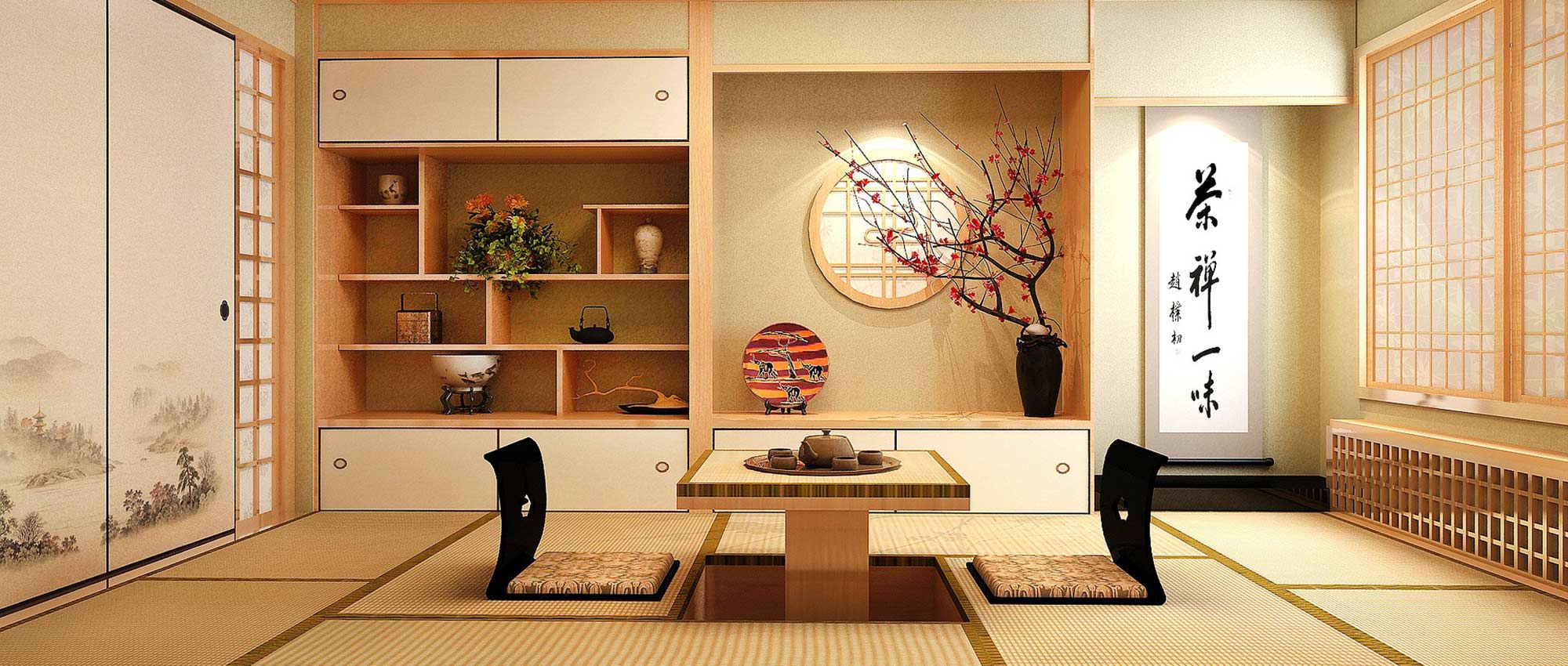To Tatami, or Not to Tatami? Weighing the Pros & Cons
There are people who adore tatami and wouldn’t live without it, but there are just as many who avoid it at all costs. When searching for a home in Japan, knowing whether tatami is suitable for yourself and your lifestyle is an important factor in deciding what kind of apartment is best for you. If you’re a person who couldn’t live without it, knowing how to take care of tatami will be a huge benefit.
If you’re not familiar with this traditional style of Japanese flooring, tatami mats are crafted from dried rush grass wrapped around and sewn to a core. They have a springy but firm texture, making them ideal for sitting or sleeping on all year round. Below are eight common reasons both for and against renting an apartment with a tatami room.
To Tatami
1. It’s Japan!
When you imagine a Japanese home interior, chances are you think of a simply furnished room with sliding doors, and a tatami mat floor. You’re not likely to have the opportunity to try out this uniquely Japanese aesthetic in any other country, so why not take advantage of it while you’re here?
2. Fit and Flexibility
Traditional style Japanese rooms are the perfect match for compact, Japanese-style furniture. Tatami mats make a comfortable base for futon (foldable mattresses) and the rooms are commonly fitted with a deep cupboard for tucking them away. You can easily transform a tatami room from a bedroom into a living space, making them ideal for a small apartment or for use as a guest room.
Other traditional Japanese furnishings include beautiful low-rise tables, floor cushions, zaisu (chairs with no legs), and best of all – kotatsu, tables with an inbuilt heater, covered with a thick blanket. Kotatsu are heavenly in the winter and while they can also be used in rooms with regular flooring, they work best on carpet or a rug.
3. Cool and Cosy
Japanese summers are a typically humid affair. Homes designed with tatami mats can help to create a natural, airy, and comfortable environment. The air trapped inside the mats works as a natural insulator, slowing the movement of heat within the building and keeping the room cool. By the same token, they are also suitable for the cold dry winter as the air in the mats prevents heat from escaping.
4. Sound Insulation
Aside from temperature control, the air trapped inside tatami can also act as an insulator for sound. The cushioned surface prevents the echoing of footsteps and can also soften the sound of a television or music.
Not to Tatami
1. Damage
Tatami mats are easily scratched, gouged or stained, making them difficult to care for at times. Setting heavy furniture atop the mats for an extended period can leave indentations which may or may not spring back. It is therefore recommended to place protective mats and stoppers under bed, table, and chair legs, casters, and so-on.
2. Smell/Allergies
If you’ve never encountered a tatami room before, you may be surprised to learn that tatami has a unique smell. For many Japanese, the smell is described as sweet and/or nostalgic, reminding them of the smell at a relative’s home when they were young. However, others find the smell overpowering and can’t bear to be around it.
Those of you prone to hay-fever or who are particularly sensitive to scent may wish to think twice before renting a property with a tatami room.
3. Critters
Japan is home to various critters, such as cockroaches, mosquitoes, and the famous Japanese cicada. However, none of these enjoy Tatami quite as much as dust mites.
Though it is possible to be allergic to dust mites, for most people you’ll never notice they’re there… but trust us, they are! These mites live in all kinds of environments but are prolific where there are tatami mats. If you do happen to get mites in your mats there are sprays to take care of them. However, please consult with your agent or property manager before attempting a DIY extermination.
4. Mold
Japanese summers are very humid and rainy, and with this warm weather typically comes mold, a real enemy of the tatami mat.
Provided the room is well-ventilated and you wipe the mats regularly, your tatami shouldn’t grow mold. However, the issues begin when you combine tatami with a futon. Futons and tatami absorb the moisture from your body during humid summer nights, making them a breeding ground for mold if you don’t air out your futon frequently enough.
Soft, sound-insulated tatami rooms are a great play space for children
Tatami Care Tips
Have you decided to give tatami a try? Here are a few tips to keep it in top condition (and not jeopardize your security deposit).
Clean with care
Feel free to run your vacuum cleaner over your tatami but make sure to go along, and not against, the grain. As for spills, first soak up any excess liquid with a clean towel and then gently dab the stain with a diluted vinegar solution.
No slippers or shoes
Over time, the soles of shoes or slippers can damage the delicate fibers of the tatami. You should only enter a tatami room barefoot, or preferably wear socks.
Avoid heavy furniture
If you must place furniture on your tatami, it’s a good idea to purchase “dent prevention” (凹み防止 hekomi boshi) mats and stoppers.
Air out if needed
Unlike carpet, tatami mats aren’t a permanent fixture and are made to lift up from their placed positions with ease. If you feel like your tatami could do with some fresh air, ask your agent or property manager for instructions.
Learn what you need to apply for an apartment, or start looking today.

